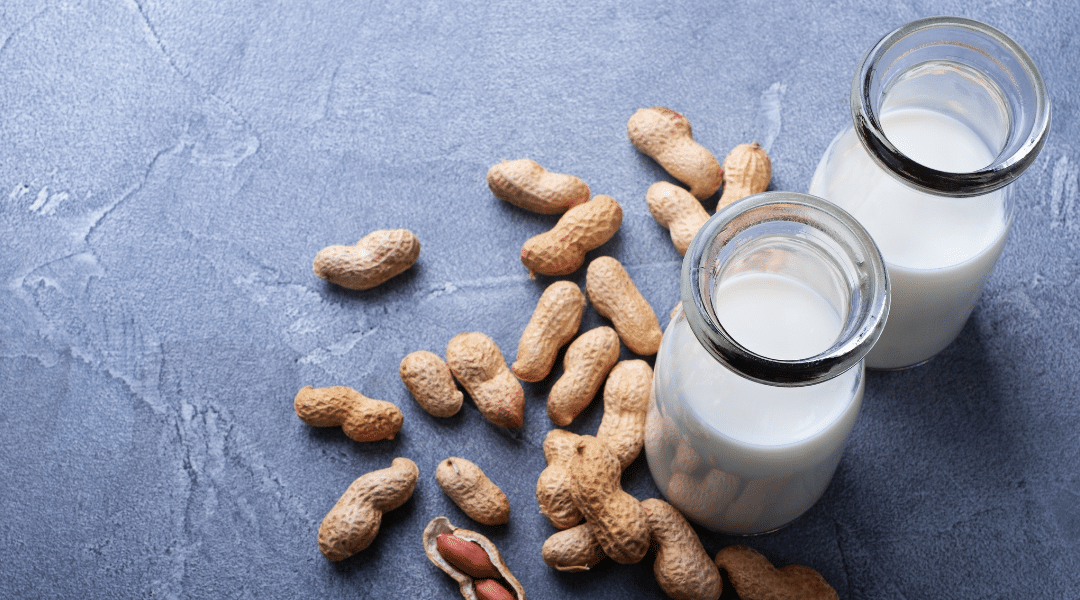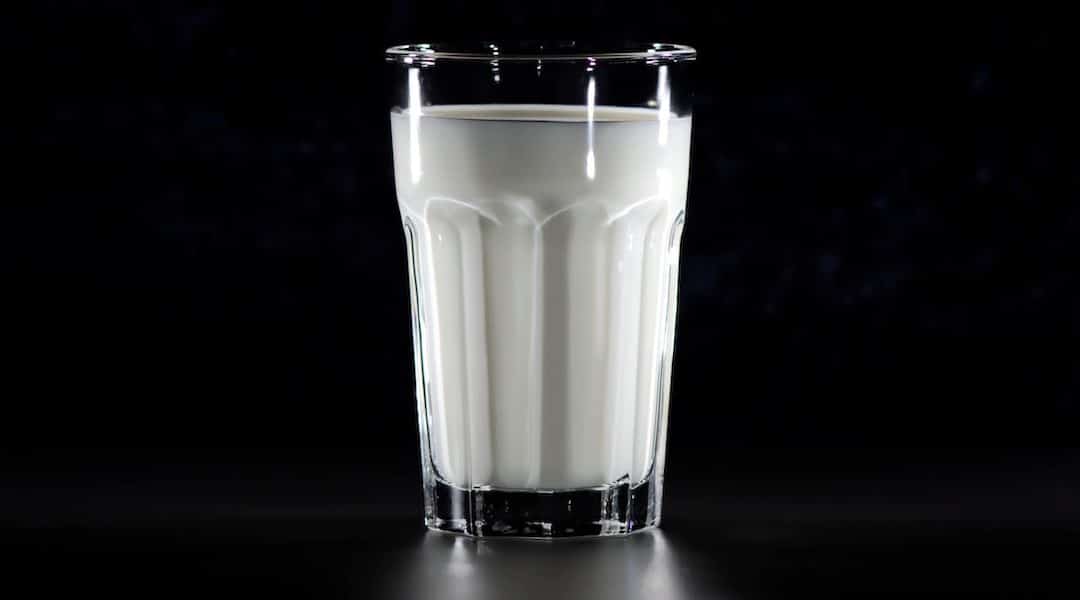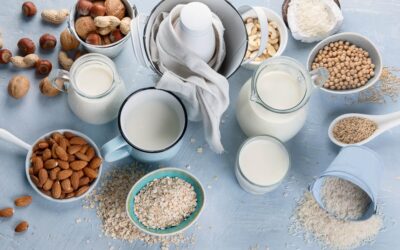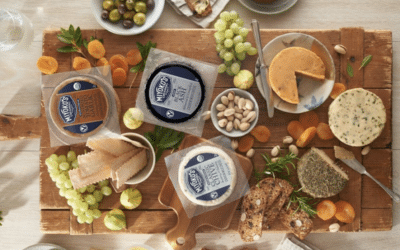For many of us, we’re well into two weeks of self-isolation at home. The rare venture to the grocery store has led to guaranteed disappointment as we woefully stare at the empty shelves where toilet paper and our favorite non-dairy creamer once sat. Some of us are anxious, a bit stir-crazy, and craving some comfort meals. We know how you feel, and we’re going to help you through it. While we can’t snap our fingers and restock your local market with your go-to dairy-free products, we can happily offer tips on how to eat well during these uncertain times. Read the recommendations below to satisfy both your nutritional needs and cravings for comfort on a dairy-free, plant-based diet.
Embrace Produce
Of all the options listed, eating from the produce aisle is by far the most economical and nutritional way to go. At some stores, produce may also be the only option, as packaged, frozen, and dry goods have long been picked over. When adding to your cart, keep three things in mind: long shelf-life, freezable, and variety. Don’t just stock up on five-pound bags of apples and impossibly large containers of spring mix. Ever tried rutabaga? What about incorporating more beets into your diet? Think outside of what you typically buy and discover new, delicious, and nutrient-dense foods. Bonus: the wider the range of colors and produce you have in your basket, the wider the nutrient profile. The store may be out of your favorite calcium-fortified plant milk, but dark leafy greens are also exceptionally high in absorbable calcium (one cup of cooked kale has the same amount of absorbable calcium as a cup of cow’s milk).
Long-Lasting Produce
Potatoes of any kind (russet, sweet potato, purple potato, etc)
Squash of any kind (acorn, kabocha, delicata, spaghetti, etc)
Cabbage (green or purple)
Carrots
Turnips
Beets
Apples
Oranges
Grapefruit
Bagged greens
Onions
Garlic
Rutabagas
Radishes
Cauliflower
Dates and figs
Produce You Can Freeze
Bananas
Dark leafy greens (kale, spinach, collards)
Broccoli
Brussel sprouts
Grapes
Zucchini
Cauliflower
Berries
Mango
Pineapple
What to Do With All This Produce: Easy Recipes
Great, you’ve got produce. Now, what to do? At times like these, we need to think creatively. There are thousands of possible meals that can be made with simple, plant-based ingredients—you just have to open your mind and start experimenting. There is so much more than smoothies, salads, and veggie stir-frys. Of course, we’ve got recipes for those, too! Check out the Quick and Easy tab of our recipe page if you need more structure when cooking meals. With all of these “recipes,” feel free to throw in a can of beans, seared tofu or tempeh, or baked seitan if you have these items on hand. We’re giving you the building blocks so you can create the final, delicious end result.
Rice It
– Grate or pulse cauliflower florets in a food processor so it resembles rice. Use this in replace of rice if the store is out.
– Rice cauliflower, broccoli (stem and all), and carrots. Mix it all together and sprinkle with a squeeze of lemon, a few drops of maple syrup, and a dash of salt and cayenne pepper (if you like a bit of spice). The result is a fiber-packed, super-satisfying, and surprisingly tasty tricolor salad.
– Got oats? You can make your coveted oats last longer by adding up to a ⅓ cup of shredded zucchini per ½ cup of oats. Stir the zucchini in when you add the oats to the boiling water or plant milk, then season as you typically would (pinch of salt, a dash of vanilla, maple syrup, nut butter, etc). You won’t taste the zucchini, but it’ll bulk up your bowl. Shredded carrots and apples also work well.
Roast It
– Quarter a cabbage. Drizzle olive oil and a dash of salt over the leaves, working it into the crevices, and roast the cabbage until soft and tender at 375 degrees. You’ll be amazed at how good this simple side dish can taste.
– Unfamiliar with a vegetable? Roast it. Chop turnips, rutabagas, and carrots into bite-sized pieces, drizzle with olive oil (or veggie broth) and a pinch of salt, then roast in the oven at 375 degrees until fork-tender. These are perfect as-is, but also great with a three-ingredient homemade tahini sauce.
– No pasta? No problem. Roast a whole spaghetti squash in the oven until fork-tender. Cut in half lengthwise, remove the seeds, then scrape the interior with a fork, lengthwise, to create spaghetti-like strands. Top simply with nutritional yeast and salt, or cover with that tomato sauce you’ve been stockpiling. You could also make an easy cauliflower-based alfredo sauce.
Soup It
– Here’s your formula: sautee diced onions, garlic, and one or more vegetables until tender. Blend it with water, coconut milk, or veggie broth. Season with salt or any other spices you have on hand. Instant soup. Try broccoli soup, carrot-sweet potato soup, potato soup, cauliflower soup, or pea and asparagus soup.
Blend It
– Freeze chunks of peeled bananas then blend them until they magically transform into a wonderful soft-serve consistency. Flavor your banana ice cream with cocoa powder, peanut butter, or cinnamon (if you have it).
Pickle It
– Technically, you can pickle anything. So far, we’ve had luck with radishes, beets, onions, carrots, cabbage, cauliflower, and even brussels sprouts. Use this guide to become a pickling pro.
Order Out
In times like these, it’s essential to support others when you can. Restaurants are taking a huge hit, and while some have made the hard decision to close, others remain hopeful and continue to serve its customers through pick-up and delivery. As COVID-19 is not foodbourne, officals have deemed restaurants safe as long as they uphold sanitation standards. For affordability and nutritional sake, we still advise preparing most of your meals at home, but for a bit of dairy-free comfort food, ordering delivery or takeout is a solid option. Call your favorite dairy-free-friendly restaurant to see if they are still open or if they have adjusted their hours before placing your order. Not only will this give you a Plan B if walk out of the grocery store empty-handed, but it’s also one of the best things you can do to support local businesses—especially those who help move the dairy-free message forward.
Order a Meal Delivery Kit or CSA
This option could be used as a supplement to your grocery store runs, or if you’re truly isolating, a meal delivery kit or CSA (Community Supported Agriculture box) may be your best bet. While expensive, many dairy-free and plant-based meal delivery companies are offering discounts to help everyone get through these tough times. These kits combine optimal dairy-free nutrition with chef-driven recipes to provide ready-made-meals that are both nutritionally dense and craveworthy. A few solid options include Daily Harvest, Purple Carrot, Veestro, Fire Road Foods, Sakara, and Mama Sezz. In addition, local farms are still providing CSA boxes that include a few extra staples such as bread, beans, lentils, and more. Search “CSA program” in your local community to find one near you.
Send Us Your Tips
All of this being said, we want to know how you are navigating the food situation. Do you have any tips? What are you go-to meals? Email us at [email protected] to share, or post on Instagram and tag @switch4good. Let’s help each other live better and more dairy-free—no matter what.
Photo credit: Whole Foods Market








